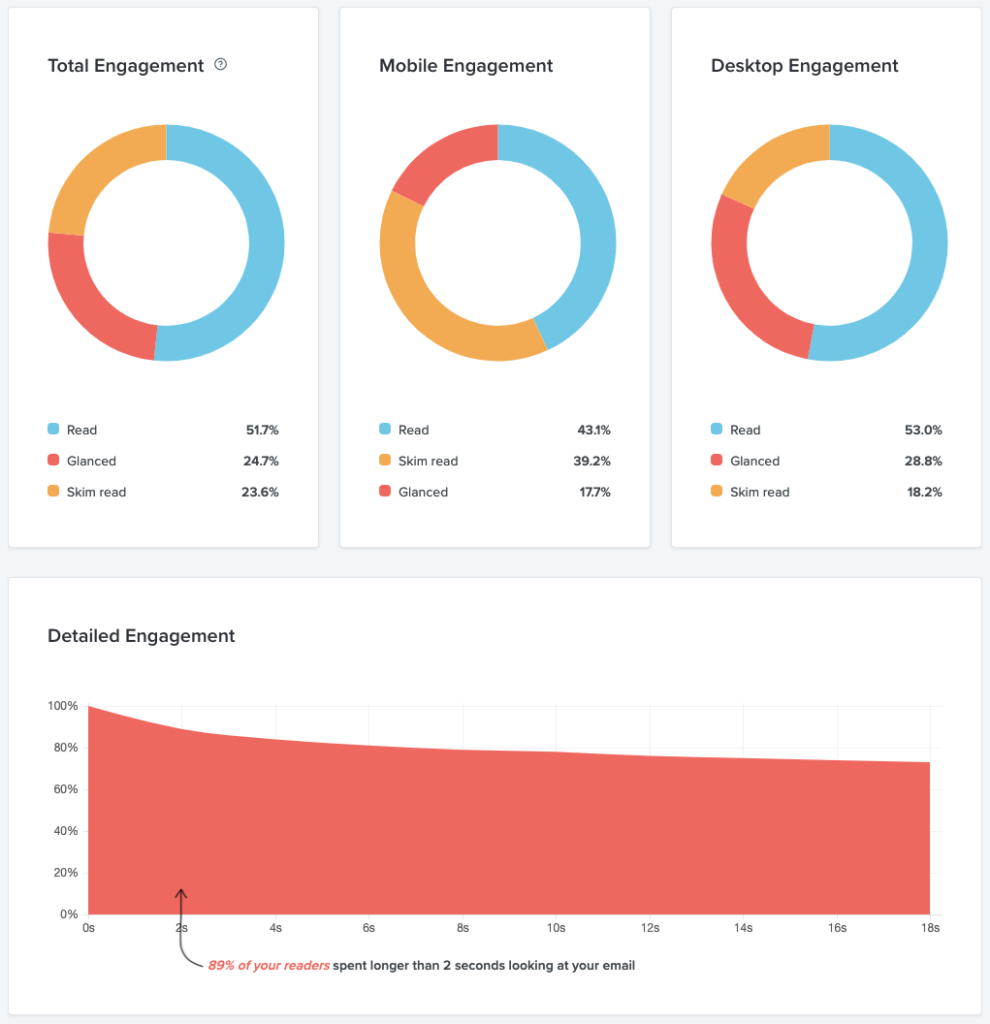Understanding Email Campaign Analytics

In today’s digital landscape, email marketing remains a powerful tool for businesses looking to connect with their audience. However, sending out emails without tracking their performance is like sailing a ship without a compass. Enter email campaign analytics—the key to unlocking insights that can enhance your marketing strategy and improve overall performance. In this post, we’ll delve into the essential metrics you should be tracking, how to interpret them, and strategies to optimize your future campaigns.
Why Email Campaign Analytics Matter
Email campaign analytics provide crucial insights into how your audience is engaging with your content. By analyzing these metrics, you can determine what works, what doesn’t, and how to adjust your approach for better results. This data-driven strategy helps you make informed decisions, allocate resources effectively, and ultimately improve ROI.
Key Metrics to Track
1. Open Rate
- Definition: The percentage of recipients who open your email.
- Why It Matters: A high open rate indicates that your subject line is effective and that your audience is interested in your content. Low open rates may suggest the need for more compelling subject lines or better list segmentation.
- Formula:
Open Rate = (Total Opens / Total Delivered) x 100
CTR Calculator
2. Click-Through Rate (CTR)
- Definition: The percentage of recipients who clicked on one or more links within your email.
- Why It Matters: CTR helps you understand how engaging and relevant your content is to your audience. A higher CTR means your audience finds your call-to-action compelling.
- Formula:
CTR = (Total Clicks / Total Delivered) x 100
Conversion Rate Calculator
3. Conversion Rate
- Definition: The percentage of recipients who completed a desired action (like making a purchase or signing up for a webinar) after clicking on a link in your email.
- Why It Matters: Conversion rates give insight into how effective your email is at driving specific outcomes. This metric helps you gauge the success of your campaign beyond just clicks.
- Formula:
Conversion Rate = (Total Conversions / Total Clicks) x 100
Conversion Rate Calculator
4. Bounce Rate
- Definition: The percentage of emails that could not be delivered to the recipient’s inbox.
- Why It Matters: A high bounce rate may indicate issues with your email list quality. It’s essential to regularly clean your list to maintain high deliverability rates.
- Formula:
Bounce Rate = (Total Bounces / Total Sent) x 100
Bounce Rate Calculator
5. Unsubscribe Rate
- Definition: The percentage of recipients who opt-out of receiving future emails after a specific campaign.
- Why It Matters: Monitoring unsubscribe rates helps you assess the relevance of your content. A high rate might indicate that your emails are not meeting the expectations of your audience.
- Formula:
Unsubscribe Rate = (Total Unsubscribes / Total Delivered) x 100
Unsubscribe Rate Calculator
Analyzing Email Campaign Performance
To effectively analyze your email campaign performance, consider the following steps:
- Segment Your Data
Group your audience based on various criteria such as demographics, engagement level, or purchase history. This allows for more precise analysis and helps you understand which segments perform best.
- Set Benchmarks
Use industry standards as a benchmark for your metrics. Understanding what is typical for your industry can help you evaluate your performance more accurately.
- Identify Trends Over Time
Look at your metrics over a period, not just individual campaigns. This helps you identify trends, whether positive or negative, and adjust your strategy accordingly.
- A/B Testing
Conduct A/B tests to compare different elements of your campaigns, such as subject lines, content formats, or CTAs. This experimentation provides valuable insights into what resonates best with your audience.
- Utilize Reporting Tools
Leverage analytics tools provided by your email marketing platform. These tools can give you detailed insights into your metrics, allowing for easier tracking and reporting.
Strategies for Optimization
- Refine Your Audience Segmentation
Use the insights gained from analytics to improve your audience segmentation. Tailor your content to meet the specific needs and interests of different segments.
- Optimize Subject Lines and Preview Text
Use the data from open rates to experiment with different subject lines and preview text. Create intrigue and personalization to improve open rates.
- Enhance Content Relevance
Analyze CTR and conversion rates to refine your content. Make sure your emails provide clear value and address the pain points of your audience.
- Regularly Clean Your Email List
Maintain a healthy email list by removing inactive subscribers and bounced addresses. This can improve deliverability rates and engagement metrics.
- Monitor and Adjust Frequency
Pay attention to your unsubscribe rates to determine the optimal frequency for sending emails. Finding the right balance is essential for retaining subscribers.
Conclusion
Understanding email campaign analytics is crucial for maximizing the effectiveness of your email marketing efforts. By tracking key metrics such as open rates, CTR, conversion rates, and more, you can gain valuable insights that inform your strategy. Regularly analyzing and optimizing your campaigns based on data will not only improve your email performance but also enhance customer engagement and drive better results.
With a solid grasp of email campaign analytics, you’ll be well on your way to creating effective email marketing strategies that resonate with your audience and achieve your business goals. So, dive into your analytics today and start unlocking the potential of your email campaigns!
